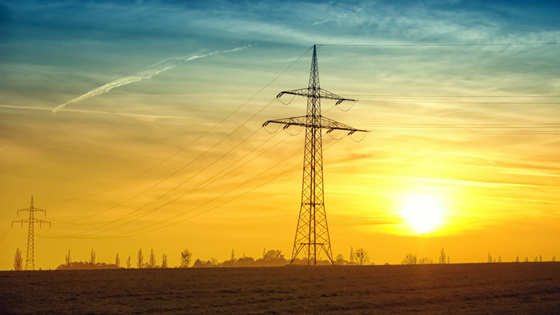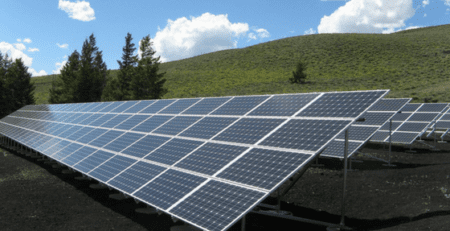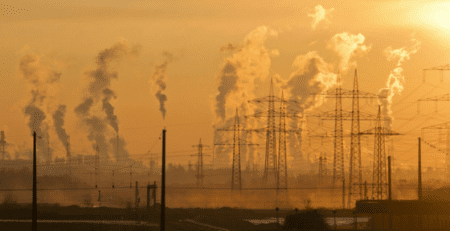Energy Usage Trends in the United States
Like so much of the modern world, the energy landscape in the United States is undergoing a massive shift. The environmental effects of fossil fuels and inefficient systems are becoming more obvious, and our priorities are (slowly) moving to account for the impact of our energy production.
As of 2016, the United States uses 18% of global energy consumption and ranks 7th in the world for per-capita energy usage. Because the US holds such a large share of energy usage, a shift in our thinking can have a massive impact across the globe.
Thankfully, that shift has already begun. The last twenty years have seen improved efficiencies, increased interest in renewables, and awareness of our environmental impact. And those trends look to continue as more time and resources are invested in solving problems relating to our energy production.
Traditional Energy Sources
Fossil fuels have long been the backbone of energy production in the United States. And while they are decreasing, traditional energy sources still make up the bulk of our energy production. In 2016, the combination of natural gas, coal, and petroleum accounted for 78% of production.
But digging deeper into the numbers reveals some exciting advancements. When we look back 20 years, coal made up over 52% of production. By 2014 that had dropped to 39% and in 2016 it sat at 33%. This is good news because coal-burning power plants are some of the biggest polluters in the modern world.
Today, the biggest contributor to production is natural gas. And while not perfect, it is a big improvement over the coal-burning plants of the past. The latest numbers break down our traditional energy sources like this:
- Natural Gas – 33%
- Petroleum – 28%
- Coal – 17%
On top of the more traditional fuel sources, 10% of our production comes from nuclear plants. That brings the energy production total up 88% and the remaining 12% belongs to renewable energy sources.
Renewable Energy Sources
While 12% might not seem like a huge figure, it is a massive improvement over the past 20 years. That 12% breaks down as follows:
- Geothermal – 2%
- Solar – 6%
- Wind – 21%
- Biomass Waste – 5%
- Biofuels – 22%
- Wood – 19%
- Hydroelectric – 24%
There’s encouragement in those numbers, but there is also plenty of room for improvement. Especially since production with biofuels still require combustion – even if it is cleaner than traditional coal.
The combination of geothermal, solar, and wind make up only 3.48% of energy production. In one sense, that is exciting – an unimaginable percentage just 20 years ago. But it can also be discouraging – because it could be so much more. However, it is important to remember that change always takes time. And that is especially true when you’re dealing with something as complex as an entire country’s energy production.
The Future of Energy in America
While the numbers above show there is plenty of room for improvement, there is plenty of cause of hope. Twelve percent might not sound like a huge slice of the energy pie, but it is certainly an improvement over the zero percent of thirty years ago. If that number can jump up to 24% or even 36% over the next decade, we’ll have even more reason to celebrate.
At Mountain Power Solutions, we’re happy to be a part of increasing those numbers. We specialize in designing, installing, and servicing off-grid solar power systems across Western Colorado and Eastern Utah. If you’re interested in using renewable energy for your home or cabin, contact us today! We’d love to help you move our world more toward renewable and sustainable energy.






